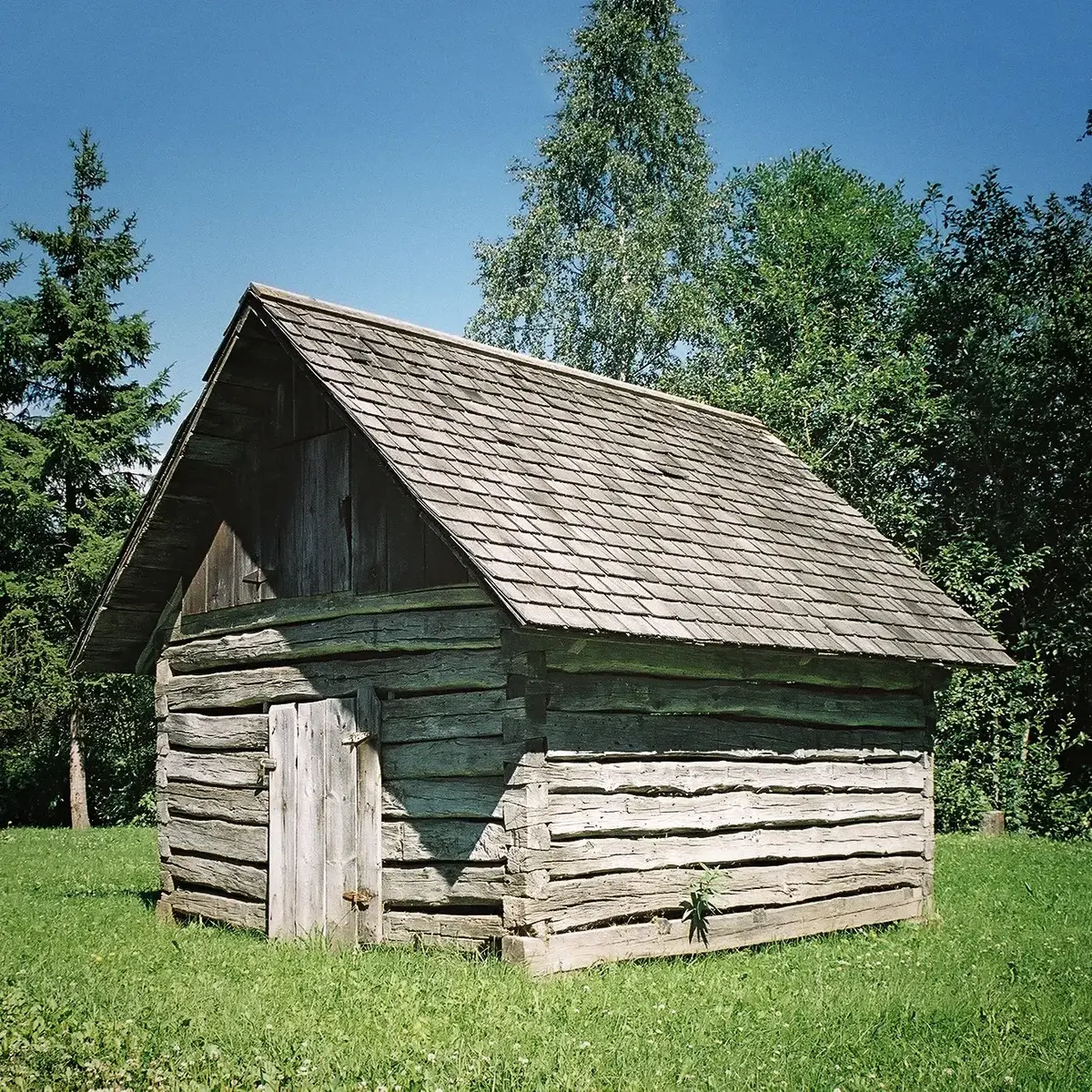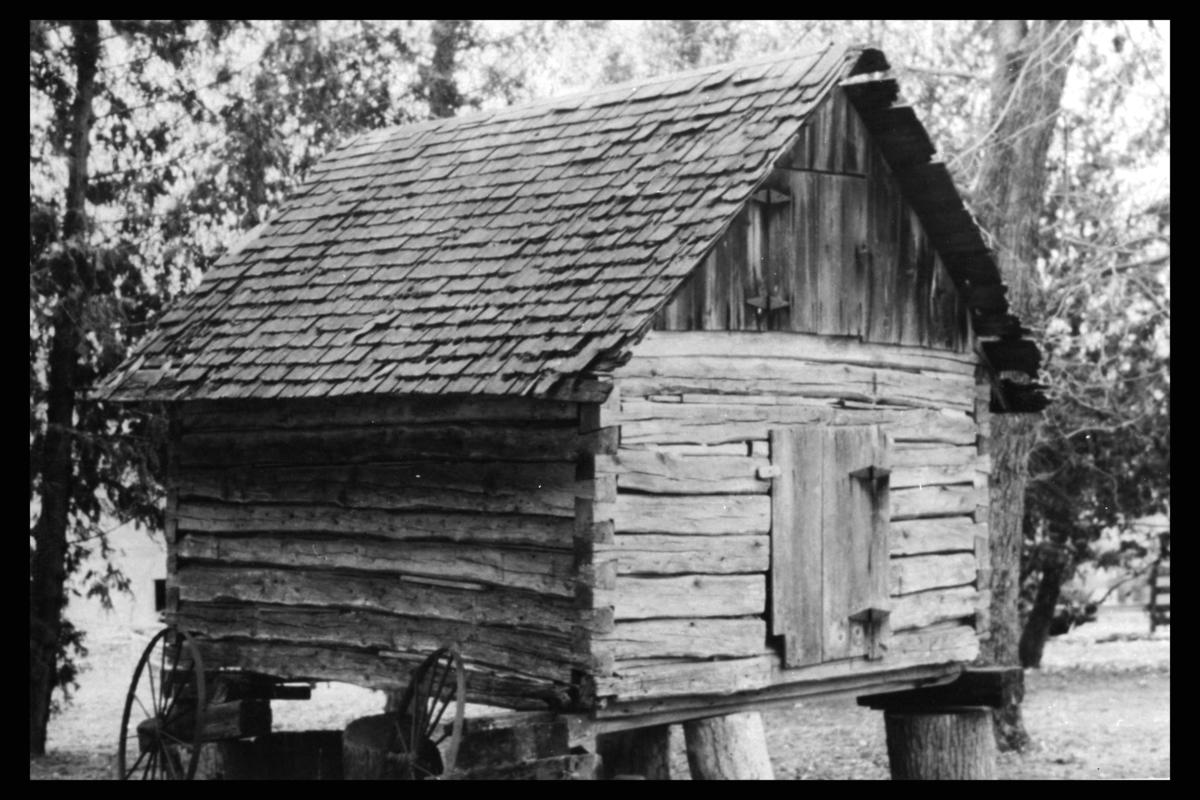- 1/1
Sjur and Ingeborg L. Bjorgo from Voss traveled to America in 1866. After a time in Wisconsin, they settled down northeast of Decorah, Iowa. Bjorgo bought land in an area that was called "Tekslebottom" after the first settler, Torkil Jensen from Teksle in Numedal. In the 1870s, Bjorgo built this "grøneriet."
The granary’s main form has similarities to the Norwegian storehouse, but the individual elements tell about a significant number of adaptations to their situation in America. The use of the granary is also American and reflects adaptations to a market-oriented agriculture where grain played a large role.
That is the basis for the assumption that the transition to American practice was much faster within building tradition than other parts of folk culture.
The Granary was dismantled in the US and rebuilt in Norway in 1982.
- 1/1

